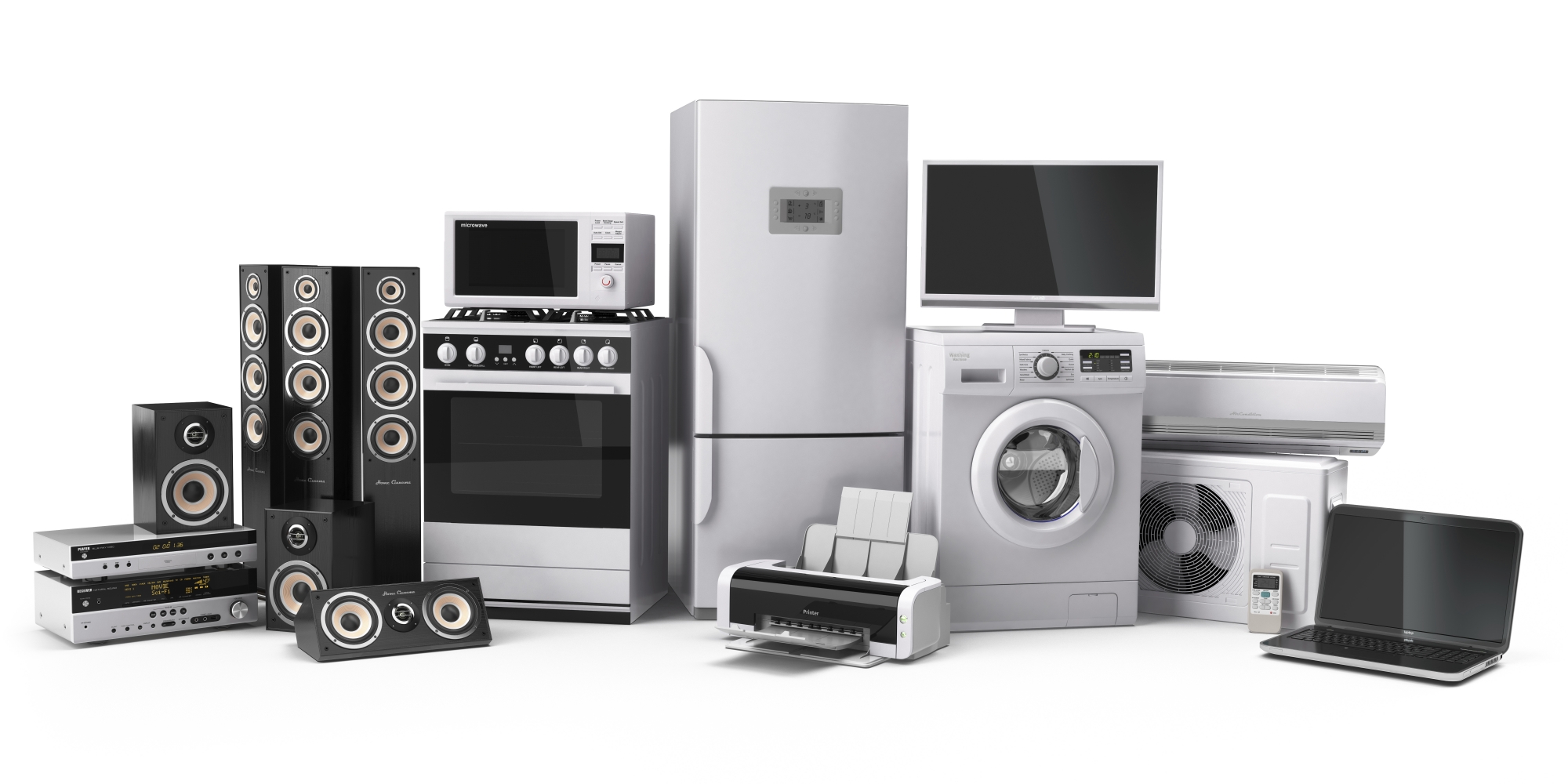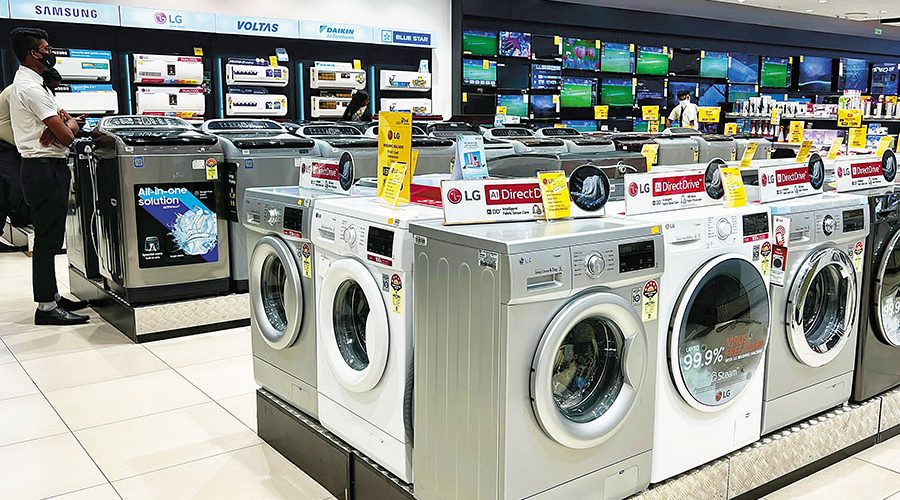When it comes to purchasing appliances for your home, it can be tempting to go for the cheapest option available. However, buying cheap appliances can end up costing you more money in the long run due to their shorter lifespan and higher energy consumption. In this article, we will explore some smart ways to purchase qualified appliances for your home that will save you money in the long run.
Look for Energy Star certified appliances
Energy Star is a program run by the U.S. Environmental Protection Agency that certifies appliances and electronics that meet certain energy efficiency standards. Energy Star certified appliances use less energy than their non-certified counterparts, which can save you money on your energy bills over time. Look for the Energy Star logo when shopping for appliances, and be sure to compare the estimated annual energy costs of different models to find the most efficient option.
Consider the Total Cost of Ownership
When buying an appliance, it is important to consider not just the upfront cost, but also the total cost of ownership over the appliance’s lifespan. This includes factors such as energy efficiency, maintenance costs, and repair costs. A more expensive appliance may have a lower total cost of ownership if it is more energy efficient and requires fewer repairs over time.

Research Appliance Brands and Models
Not all appliance brands and models are created equal. Some are known for their durability and reliability, while others may have a higher rate of breakdowns and repairs. Do some research on the brands and models you are considering to see how they stack up in terms of performance and reliability? Look for customer reviews and ratings online, and information from Consumer Reports and other trusted sources.
Consider the Size of the Appliance
When buying an appliance, it is important to choose the right size for your needs. A larger appliance may seem like a better value, but if you do not actually need that much capacity, you will end up wasting energy and money. On the other hand, if you choose an appliance that is too small, you may find yourself constantly overloading it and causing it to wear out more quickly.
Check for Rebates and Discounts
Many utility companies and government agencies offer rebates and discounts on energy-efficient appliances. Check with your local utility company or visit the Energy Star website to see if there are any rebates or discounts available in your area. You may also be able to find deals and discounts by shopping during sales events, such as Black Friday or Cyber Monday.
Shop at the Right Time
Timing is everything when it comes to buying appliances. You may be able to get a better deal by shopping at certain times of the year, such as during major holidays or at the end of the model year when stores are trying to clear out inventory. You may also be able to get a better deal by shopping during off-peak times, such as on weekdays or during the middle of the day when stores are less crowded.
Look for Financing Options
Appliances can be expensive, but there are financing options available that can make them more affordable. Many retailers offer financing options that allow you to spread out the cost of the appliance over a period of months or years. Just be sure to read the fine print and understand the interest rates and fees associated with the financing option.
In conclusion, purchasing qualified appliances for your home does not have to be a daunting task. By considering factors such as energy efficiency, total cost of ownership, brand and model reputation, size, rebates and discounts, timing, and financing options, you can make a smart decision that will save you money in the long run.



